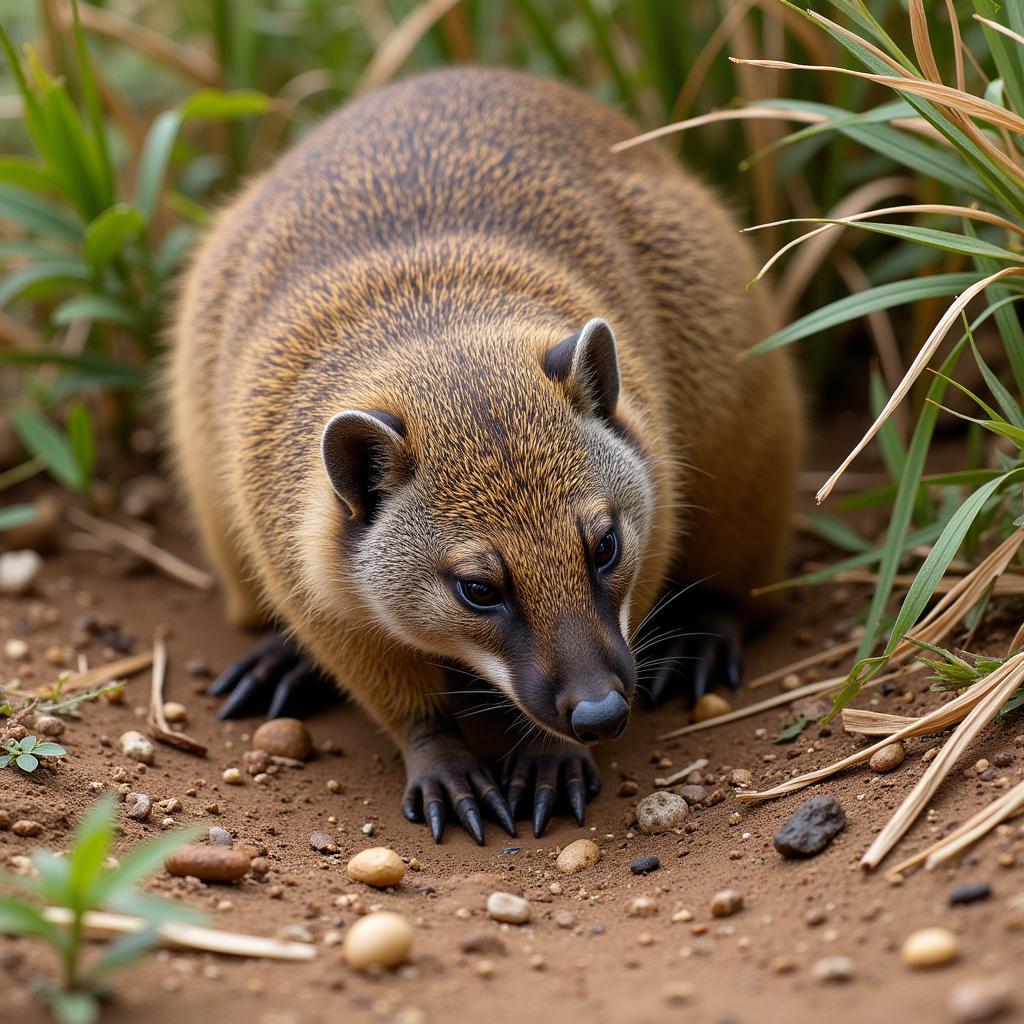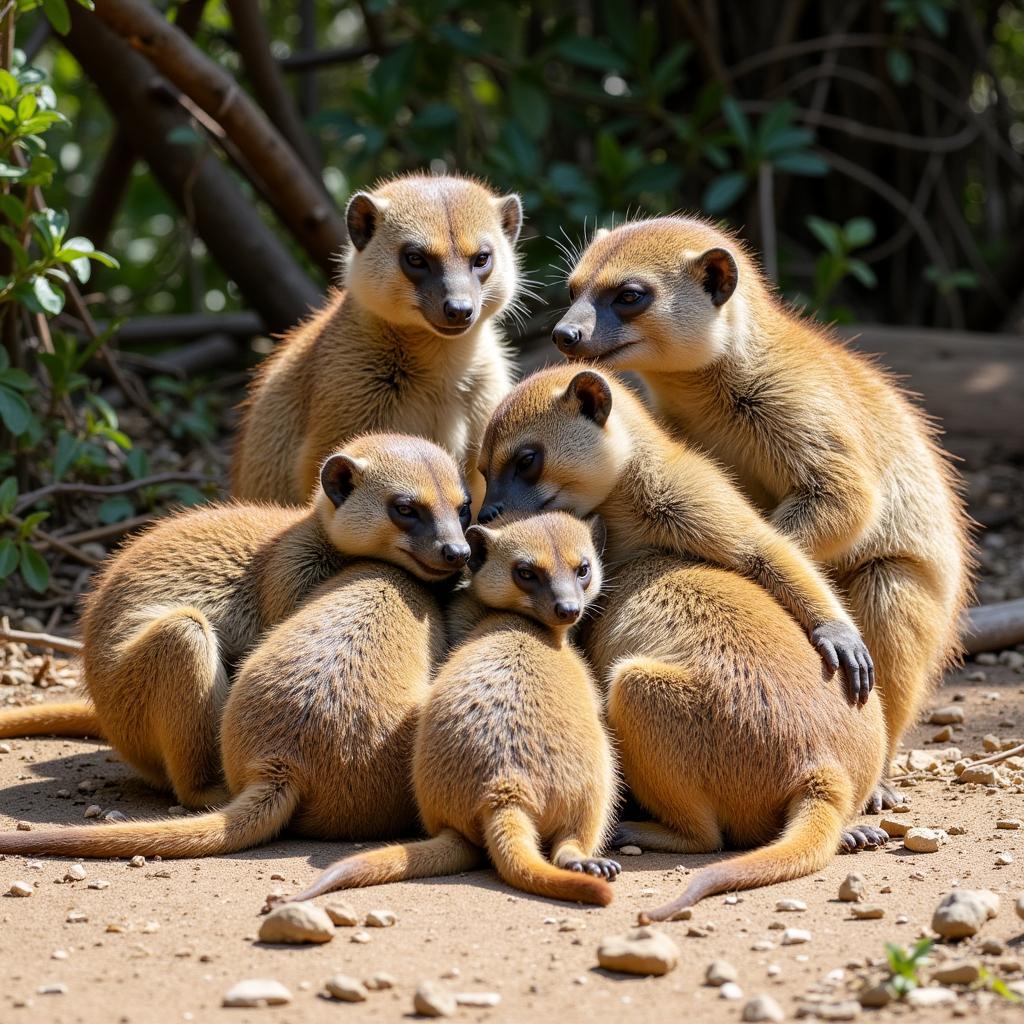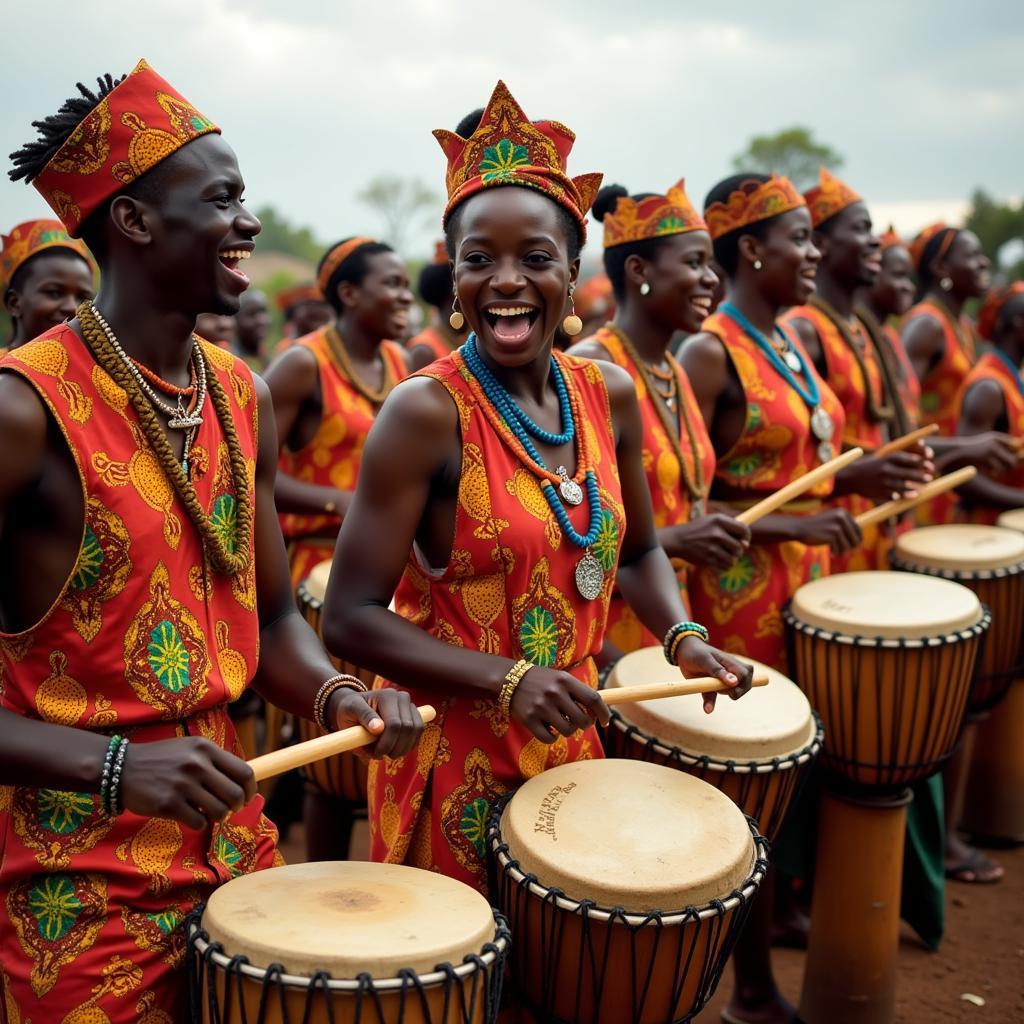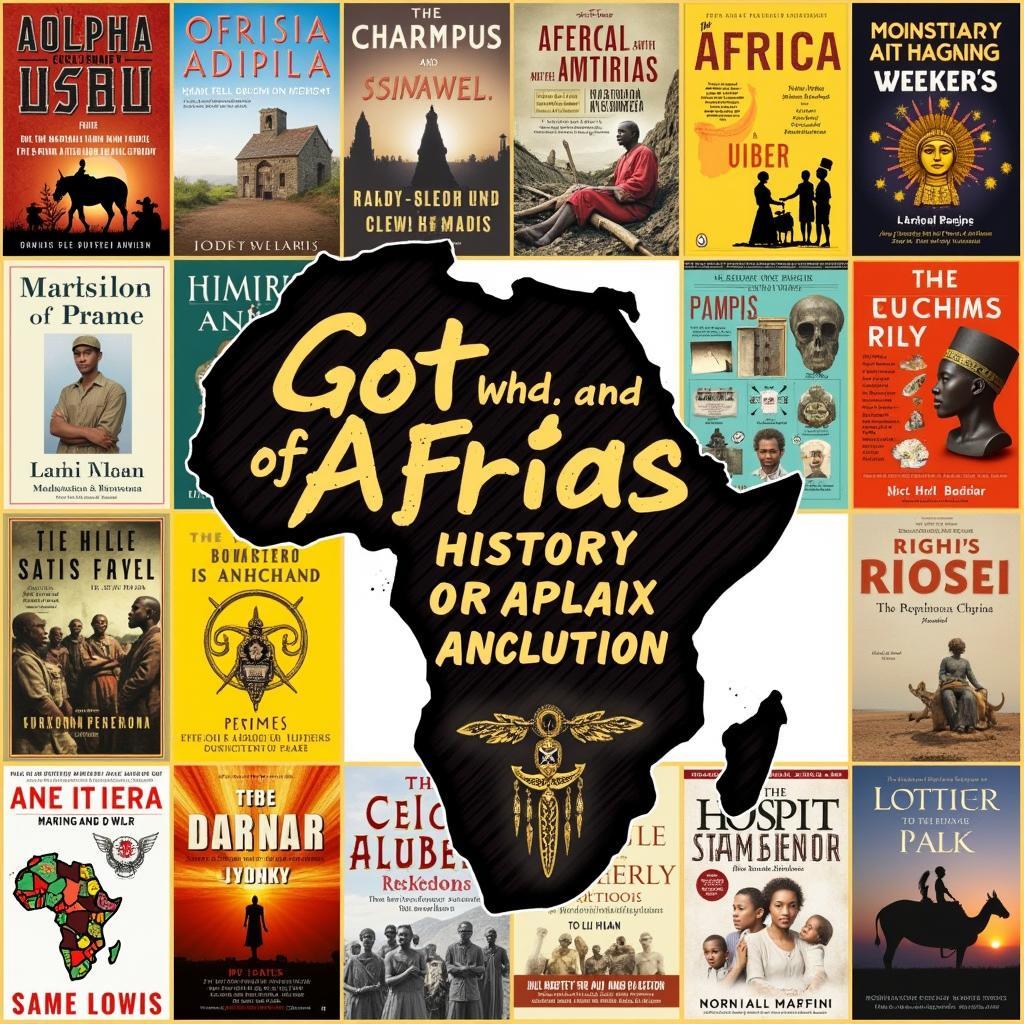The Enigmatic African Mongoose: A Closer Look
The African Mongoose, a small but formidable creature, inhabits the diverse landscapes of Africa. These fascinating carnivores, known for their intelligence and adaptability, play a crucial role in their ecosystems. This article delves deep into the world of the African mongoose, exploring their diverse species, unique characteristics, intriguing behaviors, and conservation status.
Unveiling the Diverse World of African Mongooses
The term “African mongoose” doesn’t refer to a single species, but rather a diverse group of small mammals belonging to the family Herpestidae. From the slender, sleek-coated Egyptian mongoose to the robust, grizzled banded mongoose, each species boasts unique physical characteristics and behavioral adaptations. Some are solitary hunters, while others live in complex social groups, exhibiting cooperative behaviors such as foraging and raising young. This variety showcases the remarkable adaptability of mongooses to different habitats and lifestyles across the African continent.
Physical Characteristics and Adaptations
African mongooses are generally characterized by their long, slender bodies, short legs, and pointed snouts. Their fur varies greatly in color and pattern, depending on the species. Some, like the white-tailed mongoose, have distinctive markings, while others, like the dwarf mongoose, are more uniformly colored. Their sharp claws are ideal for digging and foraging, and their keen senses of smell and hearing aid in locating prey.  An African mongoose foraging for insects in the dry grass
An African mongoose foraging for insects in the dry grass
The Intriguing Behaviors of African Mongooses
African mongooses are renowned for their intelligence and resourcefulness. Their diet primarily consists of insects, rodents, and other small animals, but some species also consume fruits and eggs. They are famous for their ability to kill venomous snakes, thanks to their agility, thick fur, and specialized acetylcholine receptors that render them resistant to snake venom. Their social interactions are equally fascinating. Many species live in intricate social structures, communicating through a complex system of vocalizations and scent markings.
What Do African Mongooses Eat?
A common question about African mongooses relates to their diet. As mentioned, they are primarily carnivorous, with insects, rodents, and reptiles forming a significant part of their diet. However, their dietary flexibility allows them to consume fruits and other plant matter when available, making them opportunistic feeders.
African Mongoose Social Structures
African mongoose social structures vary considerably. Some species are solitary, only coming together to mate, while others live in large, complex groups known as packs or mobs. These groups often exhibit cooperative hunting and defense strategies, increasing their chances of survival. african animal mongoose art drawings
Conservation Status and Challenges
The conservation status of African mongooses varies depending on the species. While some are widespread and relatively secure, others face significant threats due to habitat loss, human-wildlife conflict, and the illegal pet trade. Conservation efforts are crucial to ensure the survival of these fascinating creatures and maintain the delicate balance of African ecosystems. african animals at san diego zoo
“Protecting the diverse species of African mongooses is essential for preserving the biodiversity of the African continent,” says Dr. Anika Moosa, a leading expert in African mammal conservation. “Their role in controlling pest populations and maintaining ecosystem health cannot be overstated.”
 A family group of African mongooses resting together
A family group of African mongooses resting together
Conclusion: The Future of the African Mongoose
The African mongoose, a fascinating and diverse group of animals, plays a vital role in the African ecosystem. Understanding their unique characteristics, behaviors, and conservation challenges is essential for protecting these creatures for generations to come. african animal mongoose art prints Continued research and conservation efforts are crucial to ensuring their survival.
FAQ
-
Are all African mongooses immune to snake venom? No, while many have a degree of resistance, not all species are completely immune.
-
What is the lifespan of an African mongoose? Their lifespan varies by species, but typically ranges from 6 to 10 years in the wild.
-
Do African mongooses make good pets? No, they are wild animals and are not suitable for domestication.
-
Where can I see African mongooses? They can be observed in many national parks and reserves throughout Africa. african burrowing animals crossword clue
-
What is the largest species of African mongoose? The white-tailed mongoose is the largest, reaching up to 75cm in length.
“The adaptability and resilience of the African mongoose are a testament to the power of evolution,” remarks Professor Jabari Olumide, a renowned wildlife biologist specializing in African fauna. “Their ability to thrive in diverse environments is truly remarkable.” african civet cat
If you need further assistance, please contact us at Phone: +255768904061, Email: kaka.mag@gmail.com or visit us at Mbarali DC Mawindi, Kangaga, Tanzania. We have a 24/7 customer service team.



